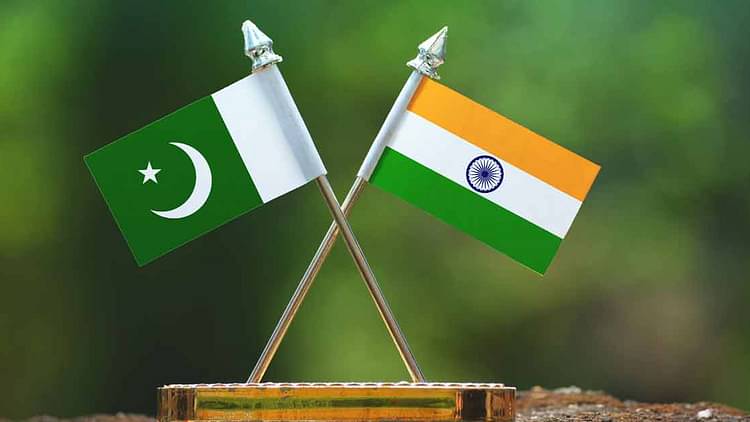This early opening gave Pakistan a big win in textile exports over its neighbors including India and Bangladesh. While the supply chains in India and Bangladesh came to a halt in late March, Pakistan eased its restrictions attracting the global textile importers to Pakistani traders and manufacturers.
Shahid Sattar, secretary-general at the All Pakistan Textile Mills Association told Bloomberg that orders from multiple nations including China, India and Bangladesh were shifted to Pakistan.
According to data published by the Pakistan Bureau of Statistics, the growth in textile shipments was surged by 3.8 percent to $4.8 billion between July and October in comparison to $4.6 billion last year.
Meanwhile, India’s textile industry contributes about 2 percent to the country’s total Gross Domestic Product (GDP) and employees over around 4.5 crore workers, including 35.22 lakh handloom workers all over the country.
It accounts for about 15 percent of the total export. The industry has been ravaged by the pandemic and would take a long time to recover, said Secretary, Clothing Manufacturers’ Association of India, Naseer Humayun.

India is one of the largest textile producing countries and largest textile exporters responsible for more than 6.9 percent of the world’s total textile production and its textile industry valued at approximately US$ 150 billion.
A Bloomberg report stated that companies like Guess? Inc., Hugo Boss AG, Target Corp. and Hanesbrands Inc. to Pakistan when other Southasian nations went into lockdown.
Hugo Boss told Bloomberg in an email that it focuses on long-term supplier partnerships while watching for “additional or new procurement channels,” while Hanesbrands said it sources from many countries, including China and Pakistan, to supplement production from company-owned facilities.
External factors like the US-China tensions and ongoing supply disruptions induced by the Covid-19 pandemic in India and Bangladesh helped the orders from the West to almost double since July, said Dawn quoting Khurram Mukhtar, a textile exporter in Pakistan.
He added that cost and tariff advantages over Chinese competitors in European and American markets while Indian and Bangladeshi rivals are struggling because of supply chain disruptions is helping Pakistan’s textile industry emerge as a leader on a global scale.
The lockdown imposed in both countries had a stark difference. While India went into a complete lockdown, Pakistan was laxer. Prime Minister Imran Khan in his address to the nation said that the country cannot afford to go on full lockdown.
“If we were like Italy, France, America, or England, I would have locked Pakistan down completely,” Khan said in an address to the nation on March 22. “But our problem is that 25% of Pakistanis are below the poverty line. They can’t even afford two square meals a day. If working-class Pakistanis are locked up for two weeks, how will they feed their families?”.
The approach also prevented economic hardship that came after the lockdown. In contrast, India’s total lockdown trapped workers in the big cities that was followed by massive migration. Experts have argued that while the movement of labor from cities to villages was low in Pakistan, the virus that came to cities through international travelers, stayed in the cities only.
































